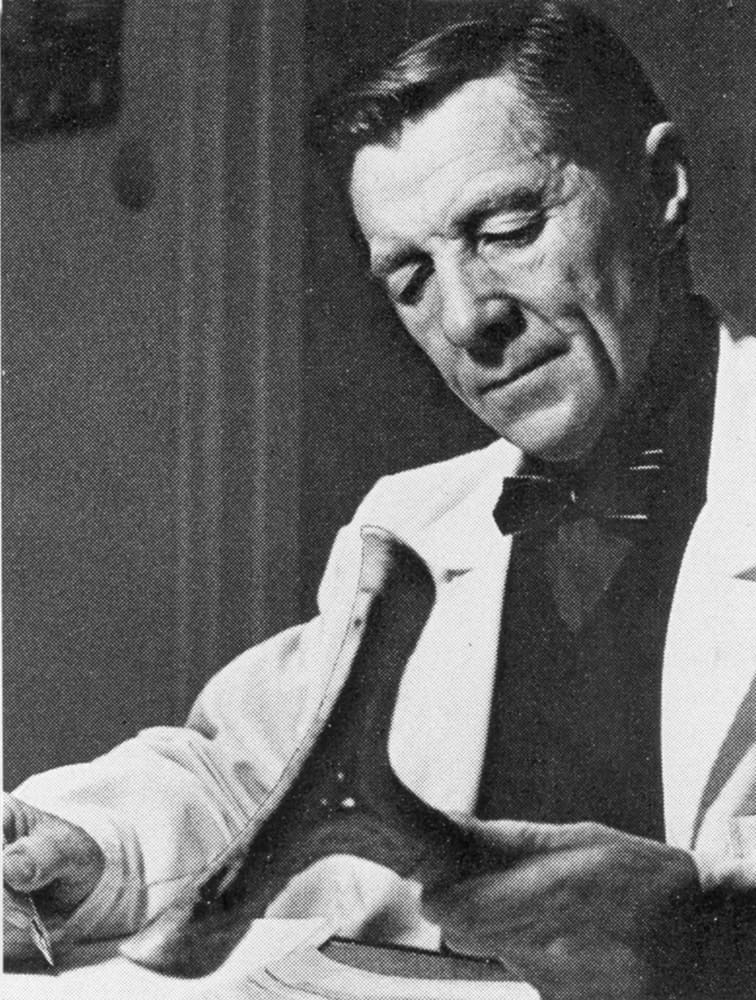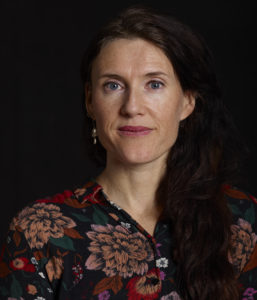The Veahčir
present and absent at the same time
The experience of being objects of research represented in museum displays and collections is a central aspect of Sámi history across all the Nordic countries. While museums have traditionally been seen as value-free and neutral sites of objective knowledge, critical examination has repositioned the museum as a social institution; moreover, one which creates rather than merely reflects knowledge. In my project, I study the production and dissemination of knowledge on Sámi cultures, societies and identities in museums. Taking a starting point in the exhibition Samekulturen (The Sámi Culture) which was produced by Professor Ørnulv Vorren (1916-2007) and opened to the public in 1973, I focus on how the relationship between research and society has changed within the museum and whether these changes have influenced the societal discourses on Sámi cultures and history.
Sámi artefacts in museums are both present and absent at the same time. Visually and materially, they are present but the contexts they were originally part of and the incidents that occurred around them are long gone.
Central questions framing my project include: What kind of knowledge of the Sámi have Nordic and Sámi museums produced and displayed in the past and in the present? What kinds of roles have the museums played within the political and societal life of Nordic societies and among the Sámi themselves? How have external factors, pressures and demands influenced the ways in which research on the Sámi has been conducted in the context of museums?
Sámi artefacts in museums are both present and absent at the same time. Visually and materially they are present but the contexts they were originally part of and the incidents that occurred around them are long gone. In the dioramas in the exhibition Samekulturen (The Sámi Culture), new stories are constructed based on Professor Ørnulv Vorren’s perspectives on how for example a veahčir (drum hammer), a náhppi (milk bowl) or a goavddis (drum) should be exhibited. The artefacts have undergone a process of translation. They have become typologies – objects which we can classify according to their characteristics. Of course, they still give us knowledge about a lost tradition of reindeer milking, of glimpses into “Sámi religion” and the skill of the craftsmen/women who made them – but we need to be aware that this is only the surface, it is a partial context.
In the photograph, we see Vorren who carefully studies the veahčir and makes his notes in the museum catalogue. The veahčir’s measurements and materials, as well as its patterns, Vorren’s restrained and precise comments provide a certain kind of knowledge. Still, the sound of the hammer beating against a drum skin, the worldviews, smells, and atmospheres are knowledge and worlds that are hidden between the lines in the museum catalogue and which we no longer can access.


